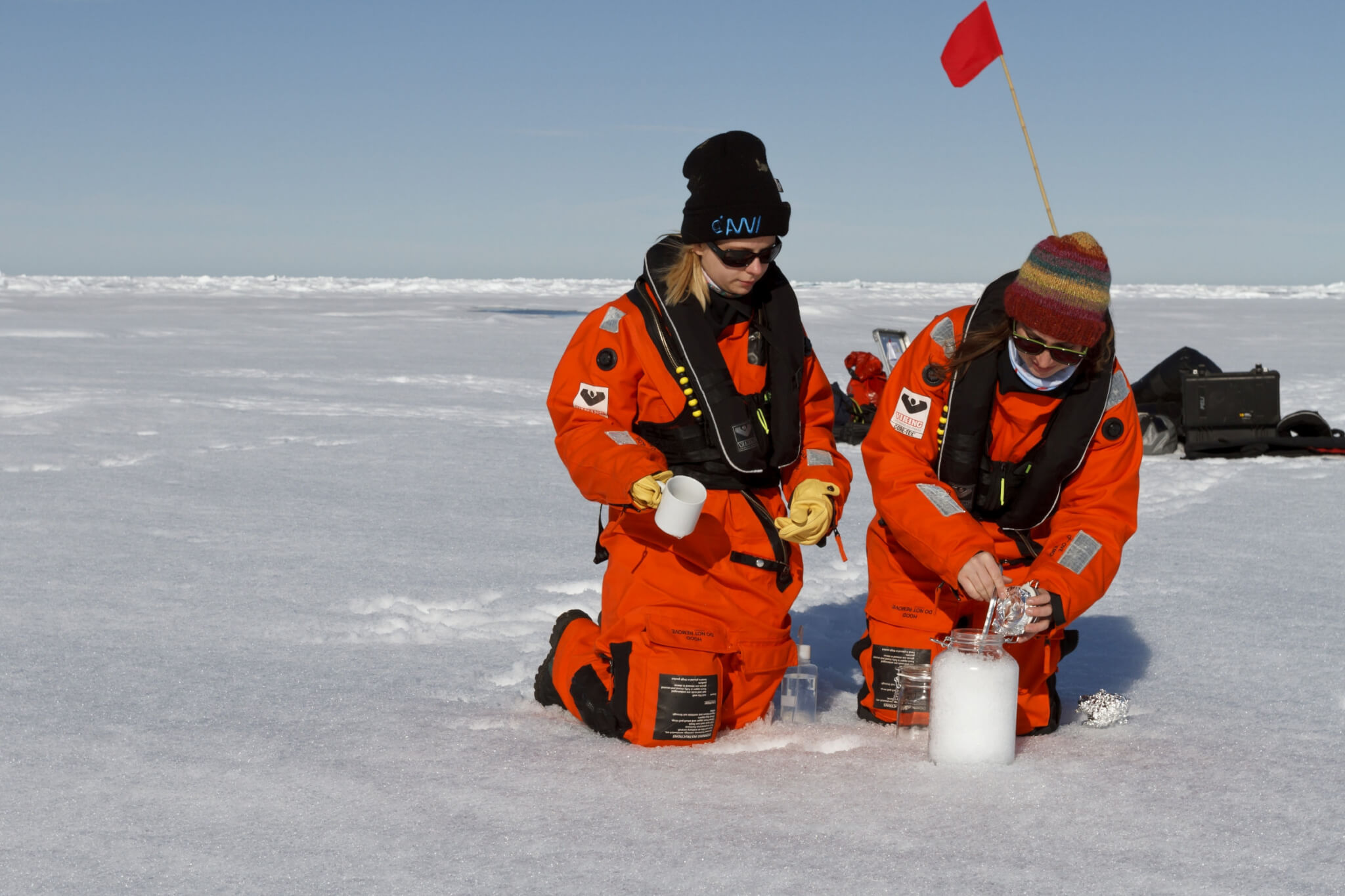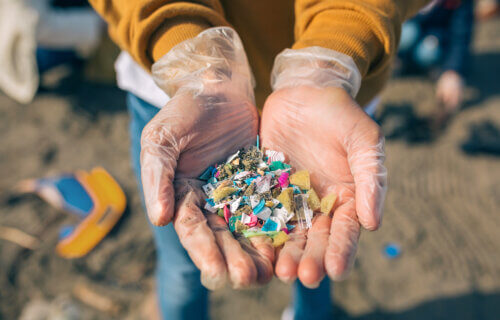BREMERHAVEN, Germany — Tourists are doing much more than taking in the view on remote Arctic beaches — they’re also uncovering alarming quantities of microplastics. Instead of a relaxing vacation, people participated as citizen scientists, collecting crucial samples during their cruises to Svalbard, Europe’s northernmost landmass, shedding light on the extent of microplastic contamination in the region.
Microplastics are tiny particles of plastic measuring less than 5 millimeters in size, often even smaller than a grain of rice. They originate from a variety of sources, including the breakdown of larger plastic items, industrial processes, and even personal care products like toothpaste, clothing, and facial scrubs that contain plastic microbeads. These particles are pervasive in the environment, contaminating oceans, freshwater systems, and soil. They pose a potential threat to marine life and other ecosystems, as well as an emerging concern for human health.
For this study, samples were collected over four Arctic tourist cruises spanning from 2016 to 2022. The participants used simple metal tools to gather samples, which scientists later analyzed.
“Plastic pollution is now ubiquitous. It is found on land and in soil and most rivers of the world,” says Dr. Bruno Walther, study author from the Alfred Wegener Institute, Helmholtz Centre for Polar and Marine Research, in a statement. “It is even found in the polar oceans and the deepest ocean trenches.”
Main Sources Of Microplastics In The Arctic
Scientists found that while microplastics weren’t prevalent everywhere, they were highly concentrated where they did exist. Two primary sources of this pollution were identified: fragments of a fishing net made of polypropylene fibers and particles most likely originating from ship coatings or equipment made of polyester-epoxide.

Researchers say fisheries play a role in this widespread issue.
“Plastic debris from fisheries is the most direct point of entry to the marine realm, and is often particularly important in remote areas,” says Dr. Melanie Bergmann, study author from the Alfred Wegener Institute. “There is an active fishing fleet operating in the waters surrounding Svalbard but also in the North Sea and north Atlantic. Some of the waste that they emit drifts to the beaches of Svalbard.”
The rapid fragmentation of these plastics, accelerated by the unique Arctic conditions like freeze cycles and extended daylight, further exacerbates the situation. Such swift degradation could release vast amounts of hard-to-detect microplastics into the environment.
Researchers emphasized the need for more extensive sampling in the Arctic and cautioned that the current study might be underrepresenting the actual scale.
“It should be noted that we only analyzed microplastics particles larger than 1mm,” says Bergmann. “This was because of the citizen science approach and to avoid potential airborne contamination by small particles. But our previous studies on Arctic water, ice, and sediment samples have shown that more than 80 percent of the particles were much smaller. So, we probably would have found more particles, if we had looked for smaller particles, too.”
The study is published in the journal Frontiers in Environmental Science.
